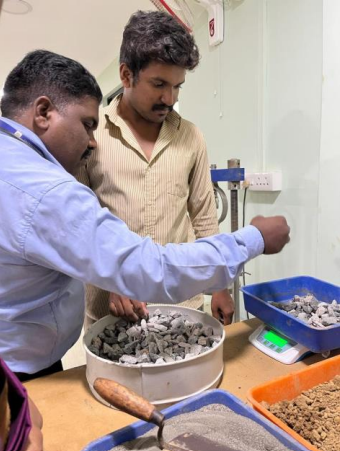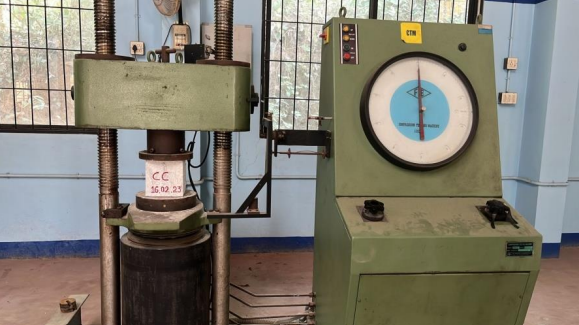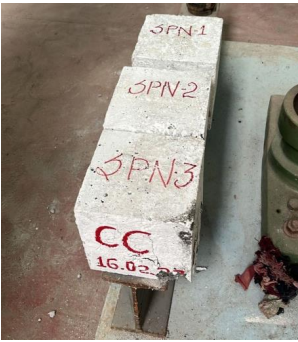GRAPHENE RESEARCH
Graphene is a two-dimensional carbon molecule whose structure is very similar to that of graphite. "Graphene" refers to a mono layer of graphite, and sometimes multiple layers of graphite. Graphene nanoplatelets have a significantly increased surface area due to theirunique structure, making them an ideal nanomaterial that can be used to reduce the electrical resistance of concrete.
Graphene oxide was first produced by Benjamin C. Brody in 1859 by chemically exfoliating graphite (further improved by Hammer). Graphene oxide, like graphite, has an aromatic structure like other graphene-based materials, but chemical reactions break some of the covalent bonds and create functional groups such as epoxy, carbonyl, hydroxyl, and phenol. Added. sp2 aromatic monolayer (approximately 1 atom thick). This feature shows its benefits when introduced in cement-based composite materials. These oxygen-containing functional groups are hydrophilic in nature and readily adsorb free water radicals from the produced cement composites. Graphene oxide has a large specific surface area and a high aspect ratio. The research presented was to evaluate how 0.01-0.05% graphene oxide incorporated into cement affects the physico-mechanical properties of cement composites of fly ash concrete to be reinforced. The purpose is to facilitate the speed of its use. You can master the techniques and fill the learning gap in this field.



